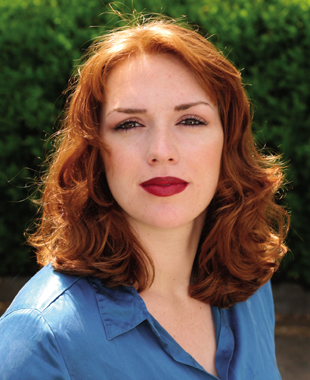Hack 27 Create Soft Background Portraits
| < Day Day Up > |
| Do professional portrait photographers use special lenses and accessories to soften the backgrounds in their portraits? No, they don't. They manipulate the depth of field, and this hack will show you how . The previous hack showed how to create tremendous depth of field for landscape compositions. But when you're shooting portraits outdoors, this is usually the last thing you want. For these types of assignments, you want your viewer's attention locked in on the subject, not the background. The best way to accomplish this is to narrow your depth of field and focus your camera directly on the subject's eyes. 2.13.1 Why Soft Backgrounds?When everything works right, the result is a dreamy, soft backdrop that makes your model pop forward , attracting all attention to her presence. Generally speaking, the first thing viewers look at in a portrait is the subject's eyes. The easier you make it for them to get to that spot, the happier they will be, at least subconsciously. Once they've viewed the eyes, they examine other aspects of the person until they're satisfied and move on. To get a soft portrait background, like the one if Figure 2-21, try to get some distance between the subject and the backdrop. Then, open your aperture to limit the depth of field. Figure 2-21. A portrait with a soft background Distracting background elements, such as a tree growing out of the top of the subject's head, is unsettling to the viewer. That's why you often want to eliminate or at least soften these elements. Now remember, this is not a technique that you'll use every time you shoot a portrait. If, for example, you're shooting a baseball owner standing in his stadium, you might want the background elements distinguishable , because that tells a better story. So, soft-background portraiture is a technique to use only when appropriate for the assignment. Here are a few tips for creating a soft background for your portrait:
2.13.2 Final TouchesNow that you have your technical ducks in a row, compose the picture and focus on the model's eyes. After a few frames , review what you've shot on the LCD monitor. I think you'll be pleasantly surprised at how different this composition looks, compared to portraits you've taken in the past. |
| < Day Day Up > |
EAN: 2147483647
Pages: 161